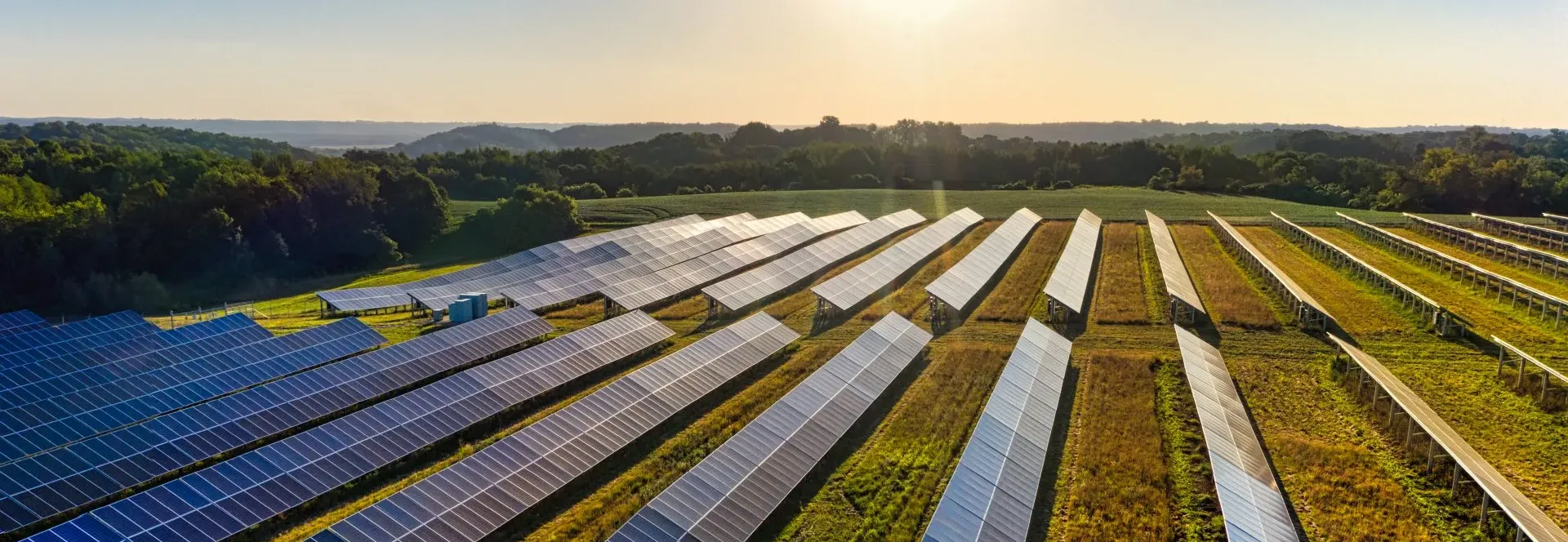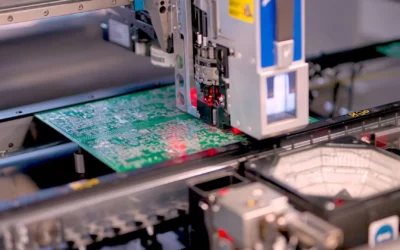Renewable energy is one of the resources the world needs to move towards a more sustainable and cleaner future. Green energy sources such as solar and wind do not produce carbon dioxide emissions directly and produce significant electrical power. This has created a need for methods and equipment to manage and distribute this power in the most efficient way possible. While little known, cloud technology has successfully met this challenge.
What is Cloud Clean Energy?
To fully optimize energy production, modern renewable energy systems rely on data optimize production. Data allows producers to know who needs how much energy over the course of days, months and years. With this knowledge, electricity can be stored and distributed intelligently and efficiently. This requires historical data as well as real-time data to be able to make these types of decisions.
PV solar panels serve the purpose of producing renewable electricity that greatly reduces monthly energy bills. Greater optimization can be obtained by the use of solar trackers. For example, Single Axis Trackers increase production 15% to 20%. This allows developers to significantly reduce environmental impact. By combining tracking and Clean Cloud computing it is possible to further optimize site, and portfolio, performance.
Benefits of Cloud Clean Energy
Sustainability is one of the main objectives of complementing renewable energies with Cloud technology. Both play an important role both for the environment, and for the companies that implement them, some of the benefits are:
· Completely reduce the use of fossil fuels and greenhouse gas emissions.
· Achieve a cleaner energy production, but at the same time more efficient.
· Reduce reliance on energy-intensive practices through offsite data transfer.
· Prevent computers from being idle for extended periods.
· Achieve more sustainable business practices, while saving money, thanks to cloud connectivity and intelligent energy use.
Currently implementing solar panel systems is a sizable investment, fortunately, with the growth of Cloud Clean Energy it is possible to realize even greater cost savings. This savings is increased when applied to a portfolio that include numerous PV sites.
Cloud technology in the Circular Economy
The circular economy concept is garnering a lot of attention as the world becomes more cognizant of the need to produce, distribute, and consume renewable energy. A key principle of the circular economy is to decouple physical assets from the services they provide. What does this mean? It means consolidating monitoring/computing hardware in a single location instead of having the redundant computing hardware at multiple sites. Cloud technology is the key to having a consolidated hardware site while remotely monitoring multiple sites. The consolidated site allows users to optimize the hardware and computing power for the best efficiency and power production. One example is the ability schedule power intensive calculations at night when electricity is the least expensive while doing lower consumption activities during the peak rate times.
Other Key benefits of Cloud Clean Energy are:
· Hardware designs selected to maximize energy efficiency, service capacity.
· Consolidates data center hardware to avoid on-site installations, which reduces the amount of hardware.
· Increase hardware utilization when used across multiple sites.
· By upfront consideration of equipment’s end of life, reuse and recyclability are significantly improved. Having less hardware to deal with is also a significant benefit.
· Maximum resource utilization, thanks to the visibility and control of the system for continuous capacity planning and increase utilization densities.
· Predictive and preventive maintenance guarantees máximum site availability at the lowest cost.
The role of automation in solar energy
Until now when you hear the word ‘automation’ you could simply relate to the different management software that exists in the market for the internal processes of companies.
However, Artificial Intelligence and Machine Learning are also adapting to the needs of solar energy users. In what way? An automated system can monitor energy consumption in a data center and point to appropriate ways to reduce electricity use.
Similarly, the automation of a solar energy system allows access to information remotely through its cloud-based data center, making it easy to manage sites from anywhere in the world.
Through machine learning, the cloud-based system can learn about this same interaction and conserve energy when data isn’t in use or doesn’t need to be transferred.
Another use of automation in Cloud Clean Energy is consideration of electricity and weather patterns. This means these types of systems know when to conserve energy during cloudy or windless days. In other words, the Cloud system can optimize and reduce tracker movements on cloudy days. This increases the net production for the site. In this way, maximum production is maintained at all times.
The future is Cloud Clean Energy
While such cloud-based systems remain somewhat unknown, a few companies have already adopted and continue to push development of this technology.
For example, Google in 2017 became the first company to match 100% its electricity consumption with renewable energy. But its goal is much more ambitious, as it seeks to run its business on carbon-free energy everywhere and at all times. This means they’re looking to always have their data centers powered by clean energy through the cloud.
Encouraging more companies to adopt clean energy management through the cloud, opens up a greater opportunity for sustainability and profitability. This presents data centers as a very practical option for reducing costs while increasing productivity and profits.
Source: https://www.nacleanenergy.com/solar/cloud-clean-energy-1






